Microsoft's HoloLens is certainly a leap into the future of mixed reality interfaces, but it's not without drawbacks.
Its most notable drawback is its small field of view, cutting off objects you feel like you should be able to see. But there's good reason for that limitation, and it might not matter once the HoloLens hits the consumer market.
It's Easy to Forgive the Drawbacks of True Innovation
My first experiences with virtual and augmented reality began with Google Cardboard and Google Glass. Cardboard was not only boring but frustrating, and Glass seemed nearly useless and was on its way to becoming far too creepy to be marketable.
I eventually tried out a Samsung Gear VR and realized that immersive VR experiences on these devices really do have some potential, but nothing sold me on the future of this technology like the HoloLens.
For myself and so many others who have written their impressions of the device, the limited field of view is the main drawback, but I also think Microsoft made a tradeoff because other limitations would've been worse and, ultimately, it doesn't impact the experience when you look forward to when it hits the shelves.
Why the Screen Is So Small
First, it's important to understand the limited field of view and why Microsoft made this decision. When you put the HoloLens on, you can see a nearly invisible transparent screen that will contain all the holographic content the device projects. It's about the size of a smartphone screen held in landscape close to your face. While that would work just fine for watching a video, those rectangular bounds frequently truncate holographic content as you move your head around.

You won't notice much of a problem on the left and right sides of your face, but you lose a lot of valuable information above and below if you get too close to any projected object. At first, everything looks like it actually exists in real space even though it's clearly not there. Your mind understands the holograms as actual objects, despite their polychromatic aura, because they share the same space as the physical world. But that illusion dies just a bit when you look down and suddenly the head of the dog figurine you set on your coffee table disappears.
Every time this happens it's hard not to wish for just a slightly larger viewing area, but there's a good reason we don't have one. Microsoft packed an entire Windows 10 computer into a headset that's powerful enough to process an insanely high amount of graphical data yet not require any cooling.
Take a minute to imagine the heat generated from your laptop and the impact of the fans that cool it. Now think about having that on your head. Aside from safety concerns, it certainly wouldn't feel comfortable.
With the technology currently available, the HoloLens can only process so much visual data before heat became a problem. By limiting the size of the screen, they were able to limit the amount of data that needed to be processed without losing quality.

Of course, the HoloLens could also feature a larger screen at a lower resolution, but part of the magic of the headset is that the resolution is just high enough to ignore the pixels. You can see them, of course, but they don't really feel like a problem in holographic 3D. You really only notice jagged edges with project flat text, such as in the Edge web browser. Even then it's not that bad and probably what you're used to if you don't have a computer with a HiDPI display (such as the retina displays on many Apple products).
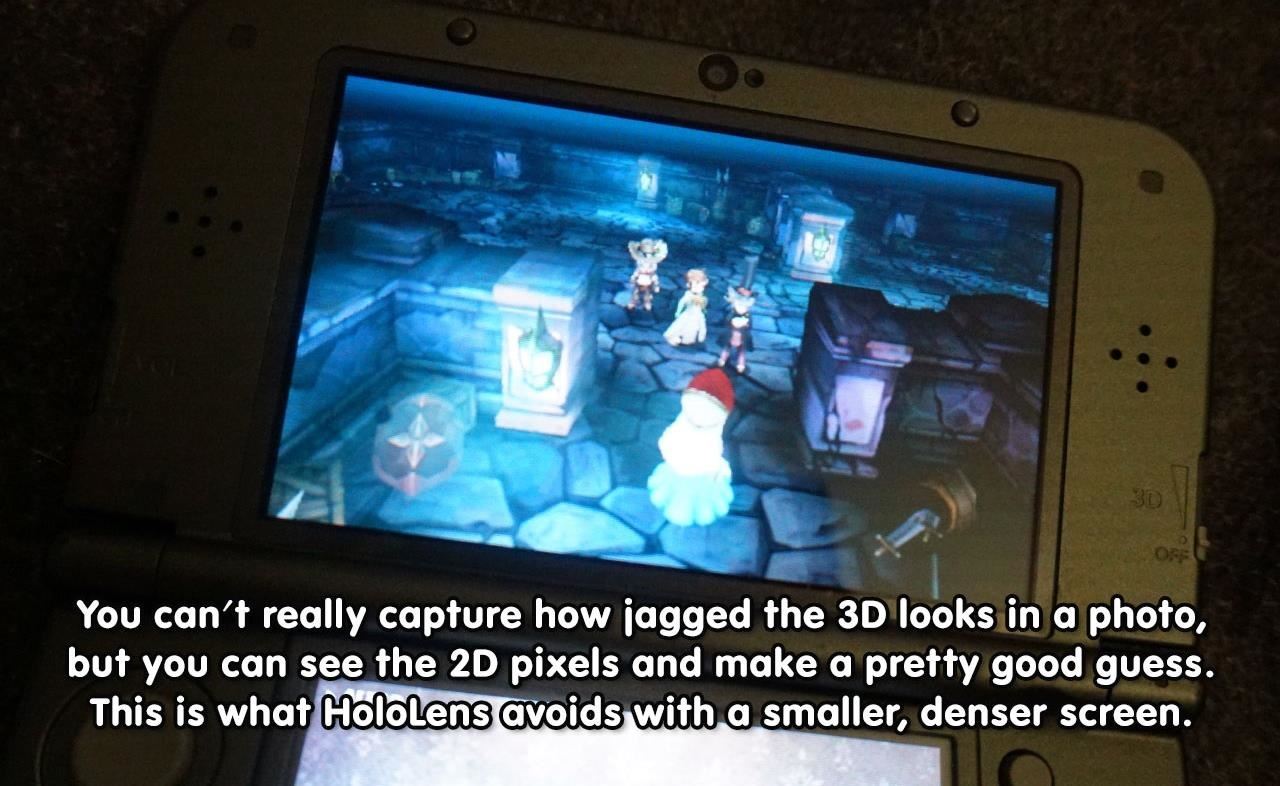
Microsoft could've blown up the field of view, but at the cost of that resolution sweet spot. If you need to know why that doesn't look good, use a Nintendo 3DS—even the new one. The jagged edges ruin the effect in many cases, and that's on a device you hold much farther away from your face.
The bottom line is this: Microsoft could've made other trade-offs, but I'm willing to bet you'd prefer the HoloLens didn't melt your hair off or have you pixel peeping all day long. The frame of view can feel too narrow at times, but you notice it more when you're sitting around looking at holograms. In many practical applications, you forget about it entirely.
Good Apps & Games Make You Forget Hardware Limitations
Microsoft HoloLens comes with several applications that sit comfortably inside your field of view or cause you to ignore the limitations due to their immersive nature. A game called RoboRaid has you fend off a malicious robot attack as several enemies burst through the wall. You spend more time thinking about how to avoid danger and destroy your targets than you do thinking about the limited view. You become immersed in the experience enough not to notice, and if you do—you don't have time to care.

In an entirely different way, HoloTour takes you through Rome or Machu Picchu and teaches you history. You can walk around the room to change what you're seeing. Unlike RoboRaid, the action doesn't immerse you in the experience. Instead, you see everything through a window. The limitation is very apparent but also feels somewhat natural.

Not all apps manage the limitations well.
Crossy Road, for example, just sits in a flat, projected window that does get truncated by the viewing area if your head moves in the wrong direction. Furthermore, it really offers no advantage over playing on your smartphone and is just plain frustrating to control at times.
But those other types of apps demonstrate how this restriction doesn't have to matter at all. If developers make the right choices and account for the limited viewing area, their HoloLens experiences will make you forget you can only see your mixed reality through a rectangle right in front of you.
Just updated your iPhone? You'll find new emoji, enhanced security, podcast transcripts, Apple Cash virtual numbers, and other useful features. There are even new additions hidden within Safari. Find out what's new and changed on your iPhone with the iOS 17.4 update.
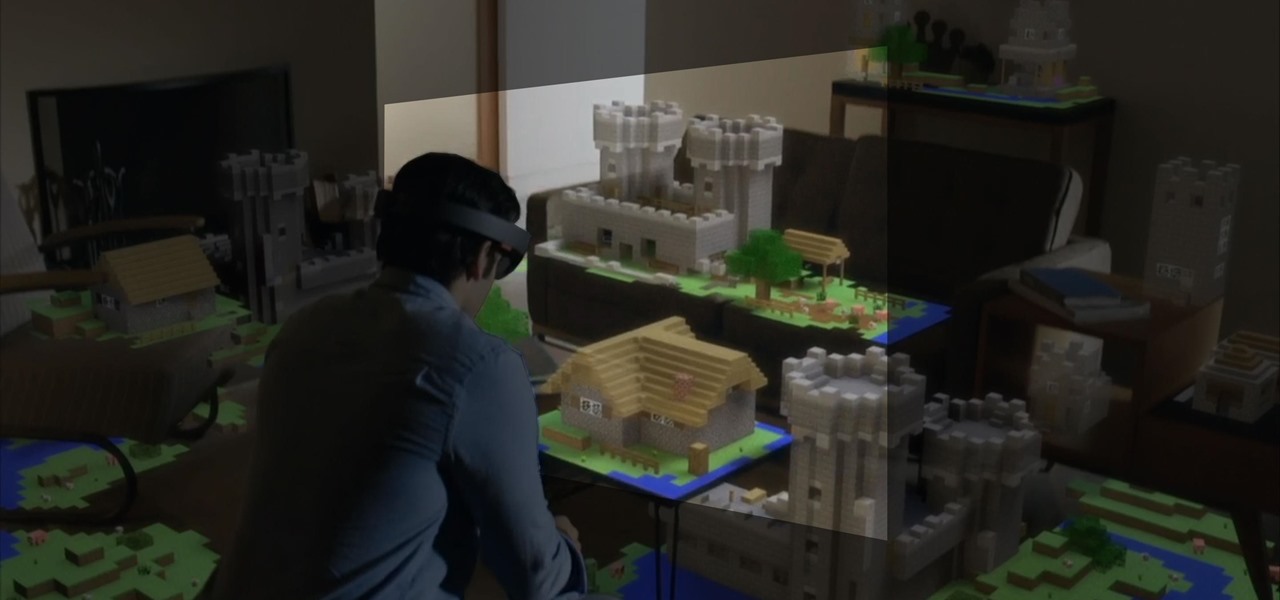







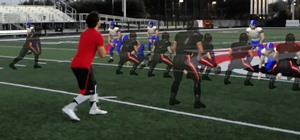





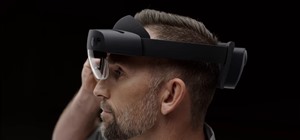

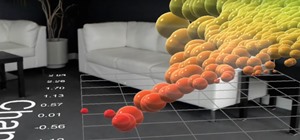

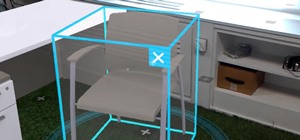

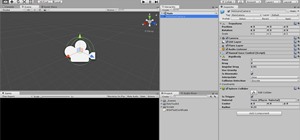
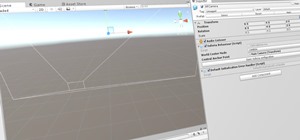
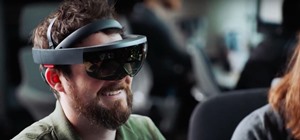
1 Comment
True... an active cooling fan on a head full of hair would've been asking for a painful disaster. That said, the cooling they've built into the Surface devices seems small enough that it may be possible to figure out a safe & light way to do it in a future version, if needed. NVIDIA GPUs, which would presumably be required to power a version with a wider field of view, all need active cooling.
Share Your Thoughts